ANTARCTICA
History. Antarctopia
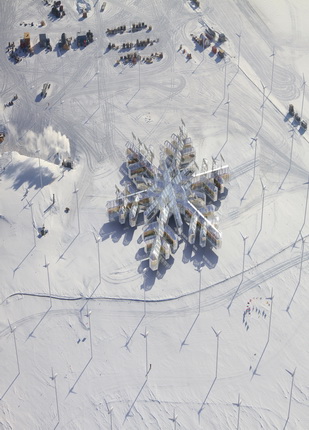
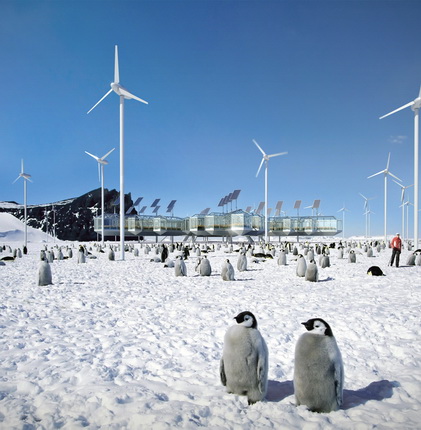
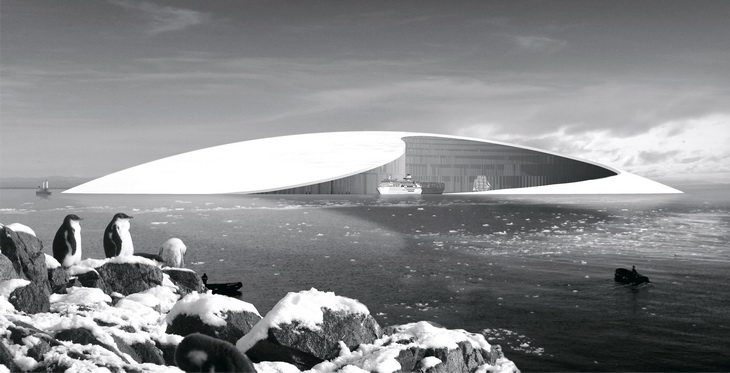
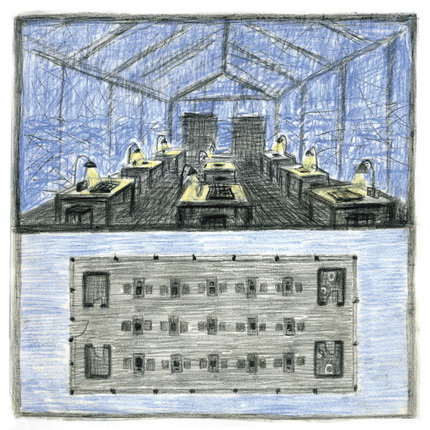
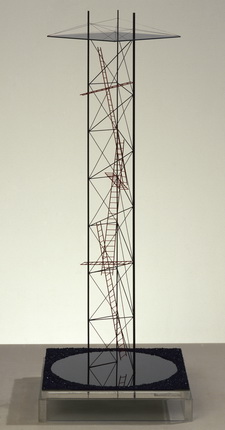
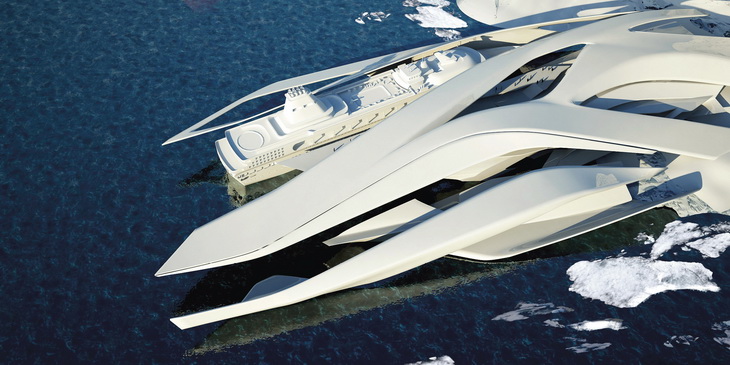
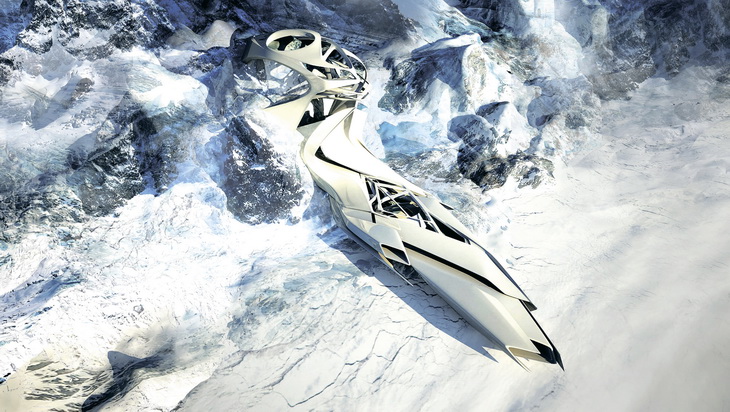
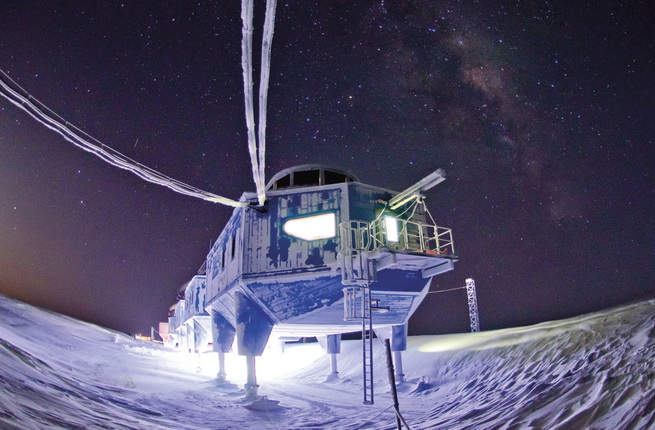
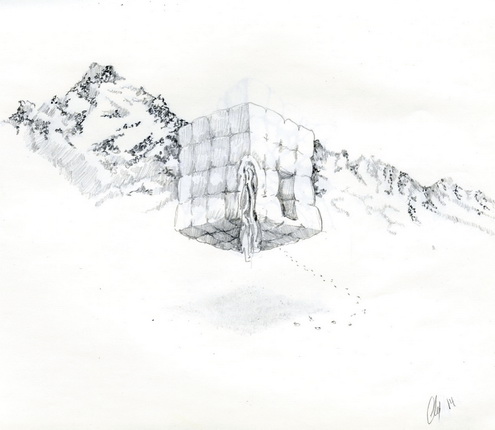
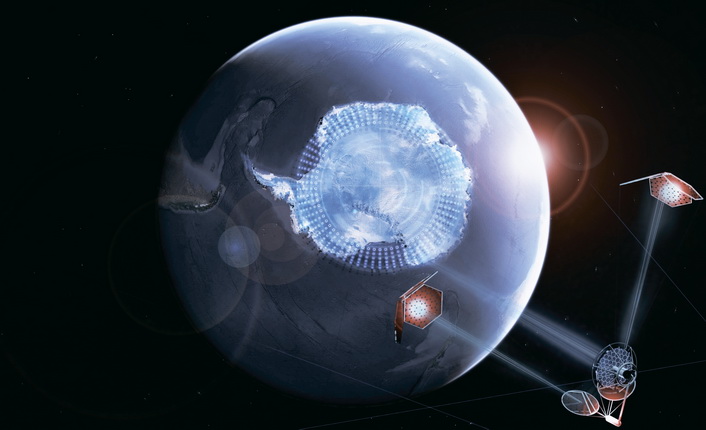
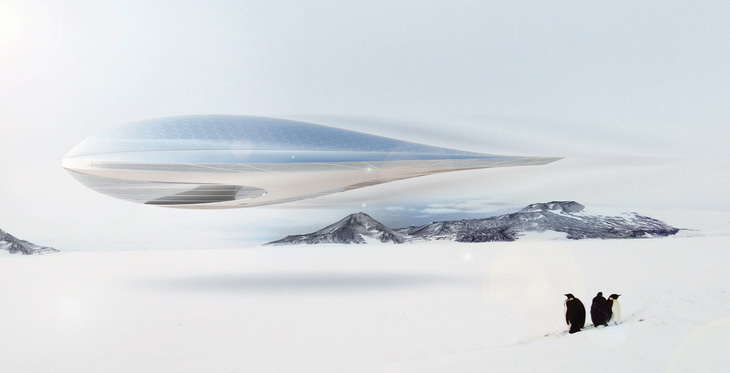
Alexey Kozyr, Ilya Babak. “Arctic Poppy”. Orangery in Antarctica
Alexey Kozyr, Ilya Babak. “Arctic Poppy”. Orangery in Antarctica
Sergey Skuratov. A Perfect World – Camouflage System
Alexander Brodsky. Antarctica: Chess Pavilion
Yuri Avvakumov (with Michael Belov) Polar Axis. 1987. Nick Ilyin Collection
Studio Zaha Hadid Vienna. Transformable Antarctic Research Facility
Studio Zaha Hadid Vienna. Transformable Antarctic Research Facility
Hugh Broughton. Life in the Freezer
Alex Schweder. Out of Building Architecture (OBA)
Veech x Veech Design. Antarctica: Re-thinking Paradise
Veech x Veech Design. Antarctica: Re-thinking Paradise
Moscow, 24.07.2015—6.09.2015
exhibition is over
Share with friends
For the press
Antarctica is the southernmost, coldest and highest continent on Earth. It remains uninhabited and undeveloped today. Many explorers and voyagers have tried to reach it over the centuries. Antarctica was discovered by a Russian expedition headed by Faddey Bellingshausen and Mikhail Lazarev that attained it on the ships Vostok and Mirny on January 16 (new style: January 28), 1820. Up until then, a southern continent had only been conjectured. Bellingshausen and Lazarev proved the existence of a sixth continent.
In accordance with the Antarctica Treaty that was signed on December 1, 1959, the continent does not belong to any state. Only scientific activities are permitted. Research facilities have been built in Antarctica for meteorological, glaciological, and geological studies. The continent is a unique protected area whose ice sheet offers data about the Earth’s atmosphere and climate over the past hundred thousand years. Moreover, Antarctica is one of the last reserves of natural resources on the planet: its ice sheet contains about 80% of all the fresh water on Earth, while its depths house enormous mineral reserves. Antarctica has fascinated writers, artists, architects and photographers for ages.
The exhibit presented by the Multimedia Art Museum, Moscow, consists of two parts. The historical part presents unique photographs that recount the history of the conquest of Antarctica and the possibilities of adapting it for human life. The modern part of the exhibit is the international project Antarctopia, which became one of the most prominent events of the 14th Venice Biennale of Architecture.
The project was designed by the outstanding artist Alexander Ponomarev, member of the French Ordre des Arts et des Lettres, and the young British art historian and philosopher Nadim Samman. They intend Antarctopia to pave the way to the First Antarctica Biennale that would foster cultural exchange between artists and scholars studying the Earth’s southernmost continent.
Antarctopia participants include leading international architects and artists: Yuri Avvakumov (with Mikhail Belov), Polar Axis; Alex Schweder, Out of Building Architecture; Sergey Skuratov, A Perfect World — Camouflage System; Yury Grigoryan/Project Meganom, The Bell, Sound Vessel and Shelter; Alexandr Zelikin, Ice: Antarctic Landscape Dissected; Liza Vintova, Terrestrial References Landscape Object; Alexander Brodsky, Antarctica Chess Pavilion; Hugh Broughton, Life in a Freezer; Totan Kuzembaev, Antarctica Pavilion: Anti-Briccole; Zaha Hadid, Transformable Antarctic Research Facility; Alexey Kozyr & Ilya Babak, Arctic Poppy Orangery in Antarctica; Mariele Neudecker, Some Things Happen All at Once; Jürgen Mayer H., Top View Melt Down; and Veech x Veech Design, Antarctica: Re-thinking Paradise.
The items are exhibited on shipping crates that allude to a travelling scientific laboratory. Russian artists mostly present utopias, while foreign participants propose projects modeling the possibility of creating the necessary infrastructure for life on this harsh continent. All of them strive to uncover Antarctica’s potential as a cultural platform.





